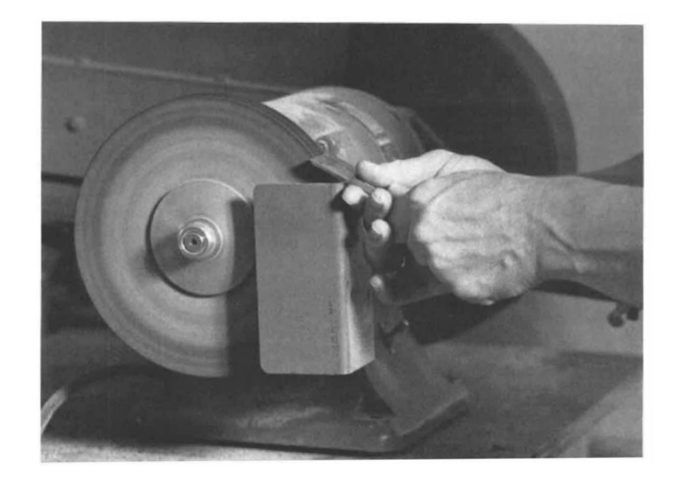
In John Lively’s excellent treatise on grinding and honing edge tools (see On the Edge), he argues for more skill and fewer gadgets. Lively mentions using wet-dry sandpaper for honing, but does not suggest using a hard surface as a flat for the sandpaper. For years I’ve honed edges with mixed results, until I switched to a glass mounted on a wood base.
My glass is 1/4 in. thick by 6 in. sq. The glass shop charged $3.50 for it, which included polishing the edges. The 3/4-in. pine base is 6-1/2 in. by 12 in., with three birch dowels through the width to minimize warping. Four slender cleats at one end of the base frame the glass, without protruding above its surface. The remaining half of the base provides purchase for clamps.
I painted the base with three coats of oilbased enamel, and then set the glass in its frame with silicone adhesive. This makes the base waterproof and easy to clean under the tap.
To sharpen my edge tools, I cut pieces of 240-, 320- and 600-grit wet/dry sandpaper, and use them as seems appropriate to the edge I need. Used wet, the paper stays on the glass quite well, and I often use it on my kitchen counter next to the sink. For polishing an edge, I’ve found that auto rubbing compound (both red and white) also works well on the glass.
—Norin A. Elfton, Lakewood, CO
Edited by Charles Miller
From Fine Homebuilding #53








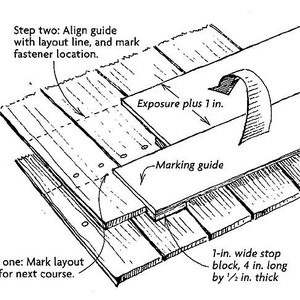
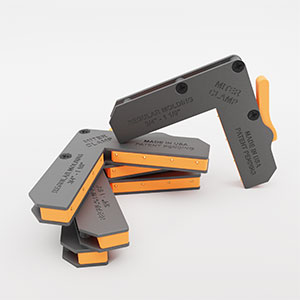



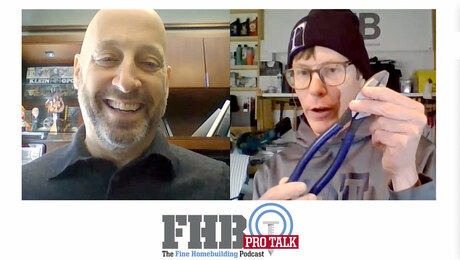
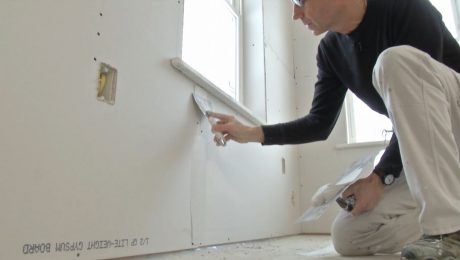
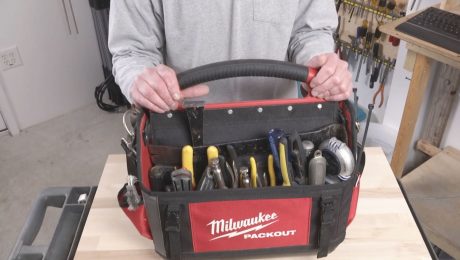

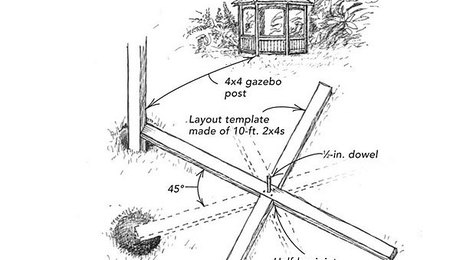
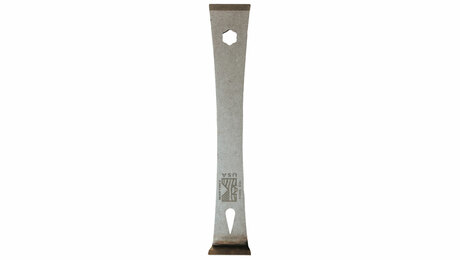
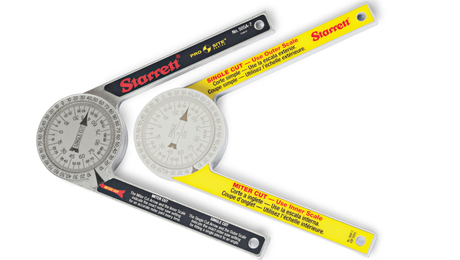










View Comments
I too have used hard surfaces to great effect for honing edge tools. I have used glass in the past, and I now use my Silestone countertop.
I too have used plate glass as a perfect flat, hard grinding surface - but for re-profiling worn audio recorder heads! The technique is much the same but finalizing with jeweler's 'powder' wet&dry paper, then jeweler's rouge (a fine abrasive paste). Cost of the hand profiled version? About £25... the machine version? Add £100. By the way, plate glass was invented by a guy called Pilkington, at the Pilkington glass works in the UK. It made the firm a fortune and bizarrely he was no relation!
The Pilkington process made float glass. Plate glass is the old glass that was rolled and consequently was of uneven thickness and had waves in it. You can see the waves in this glass in old windows.